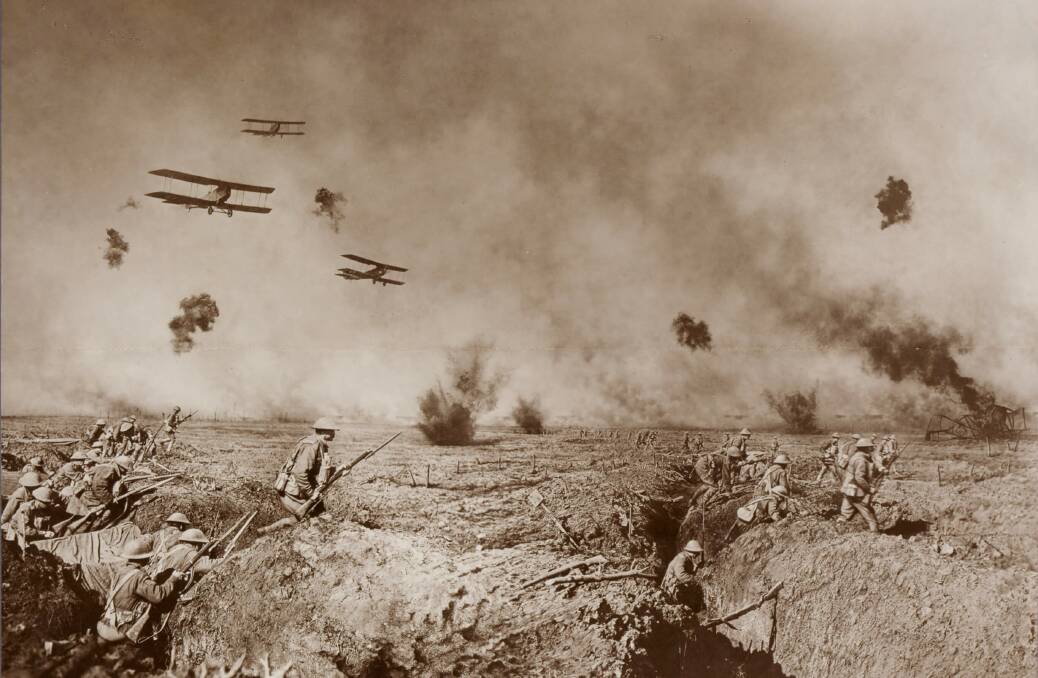The Princess of Wales has apologised for manipulating the family snap of herself and her children: "like many amateur photographers, I do occasionally experiment with editing.
"I wanted to express my apologies for any confusion the family photograph we shared yesterday caused. I hope everyone celebrating had a very happy Mother's Day. C," was posted to social media on Monday evening.
But should she have apologised? Wasn't she just doing what proud mums do? They open the laptop and make the family look great. The smiles gleam. Everyone is happy together.
As a family photo, it's "authentic", even with its flaws.
"It's such a cack-handed Photoshopping. It's not professional. It's not slick. It's within the context of a family photograph," Martyn Jolly of the Australian National University's School of Art and Design said.
He did his PhD on fake photographs.
So, if you look at it as a family photograph, it seems fine.
"If your mum did it, you'd say, 'That's beautiful, Mum'," Dr Jolly said.
His point is that faking a photograph isn't the point. Parents do it all the time. The difference this time is that the press has different rules.
And readers have different rules - what Dr Jolly calls "protocols" - when they see a picture on a page or a website.

So it all depends on context. When we look at a picture in a newspaper or on TV, we expect it not to have been radically changed.
"When I open The Canberra Times, I assume that The Canberra Times is not going to have done too much to the photograph. That's the protocol that's grown up with digital photographs."
The way we see pictures changes with technology. There was a similar kerfuffle when we moved 20 or so years ago from film to digital pictures which could be manipulated easily on a computer.
And there's nothing new about manipulating photographs.
A century ago, when newspapers started printing pictures, the wizards in the dark room got to work.
The great Australian war photographer Frank Hurley took some amazing pictures of soldiers in the trenches in the First World War. The powerful images brought home to readers a hint of the true horror that the diggers in Flanders were suffering.
But one of his best-known pictures was faked. It was a collage of three pictures merged together, one of aircraft, one of soldiers rising from the trenches and one of explosions, all put together to give the impression of a single moment in time.
Was he wrong to do that?
One view might be that it brought home the horrors even more graphically. Another view is that fakery is not the truth.
On this second view, the danger is that readers would come to mistrust his pictures - and all press pictures - thereafter. Whatever the initial effect, that effect would then be muted by mistrust.
For that second reason, media organisations (including this one) have strict rules against manipulating pictures.
The Associated Press which was the first to veto the Princess of Wales picture has this rule: "Minor adjustments to photos are acceptable. These include cropping, dodging and burning, conversion into grayscale, elimination of dust on camera sensors and scratches on scanned negatives or scanned prints and normal toning and color adjustments."
Kate's problem is that two ways of looking at pictures have bumped up against each other. She took a family picture like lots of mums do but it was used as a press picture. The "rules" of looking at each are different.
Of course, if it turns out that the manipulation of the picture was actually done by a sophisticated media operation on behalf of Kensington Palace, that would be a whole different story.


